Dash cams have become an essential tool for many Australian drivers, offering crucial evidence in the event of accidents and providing peace of mind. However, a common concern among potential users is whether a dash cam can drain their car battery. In this blog, we'll address this concern by answering specific questions about dash cams and battery drain, ensuring you can use your dash cam confidently without worrying about your car battery.
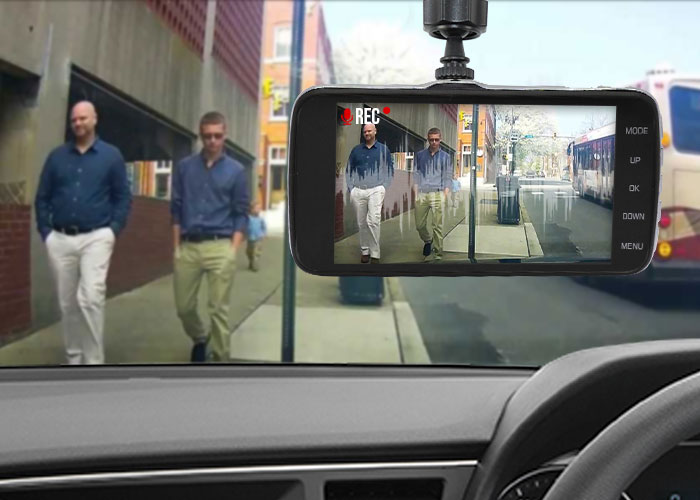
Can a Dash Cam Drain Your Battery?
Yes, a dash cam can drain your car battery, but under normal circumstances, this is unlikely to be a significant issue. When your car is running, the dash cam draws power from the car's electrical system, which is continuously charged by the alternator. The power consumption of a dash cam is relatively low, typically between 0.5 to 2.5 watts, and should not affect your battery while driving.
The concern arises when the car is turned off, and the dash cam continues to draw power. If a dash cam is left running while the car is off, it can eventually deplete the battery. However, modern dash cams often come with features such as low-voltage cut-off and parking mode settings designed to prevent this from happening.
Does Dash Cam Parking Mode Drain Battery?
Parking mode is a useful feature that allows your dash cam to continue recording while your car is parked. This can be particularly beneficial for catching incidents such as vandalism or hit-and-runs. However, using parking mode does consume power from the battery, which can lead to battery drain if left on for extended periods.
To avoid such issues, it is essential to use dash cams with advanced parking mode features, such as motion detection or time-lapse recording, which minimises power consumption. Elinz Dash Cam models come equipped with these features, providing an efficient way to monitor your vehicle without draining the battery excessively.
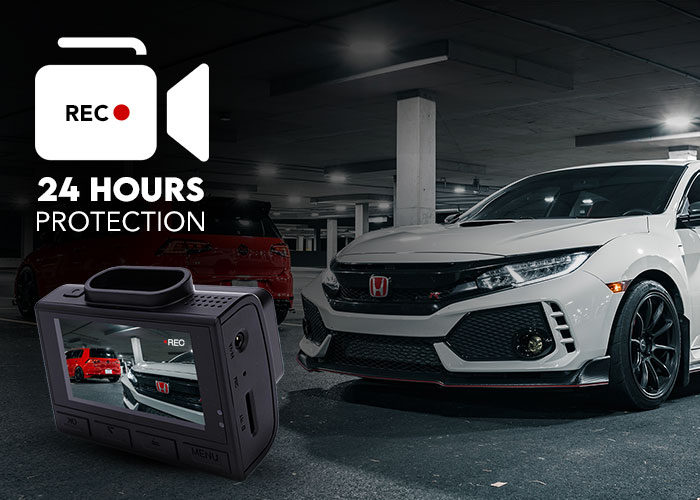
Does Hardwiring Dash Cam Drain Battery?
Hardwiring a dash cam involves connecting it directly to your car's electrical system, ensuring it has a constant power supply. This setup is often necessary for using parking mode features. While hardwiring can lead to battery drain if the dash cam is continuously powered, many modern dash cams and hardwire kits include features to mitigate this risk.
For example, many hardwire kits come with a battery discharge prevention device. This device monitors the battery voltage and cuts off power to the dash cam when the voltage drops to a certain level, preventing the battery from being completely drained.
Never worry about a dead battery again! Elinz Dash Cams with Adjustable Hardwire Kits offer four different configurations (11.8V/12.0V/12.2V/12.4V for 12V batteries or 23.6V/24.0V/24.4V/24.8V for 24V batteries) to prevent your car battery from draining, guaranteeing a smooth start every time.
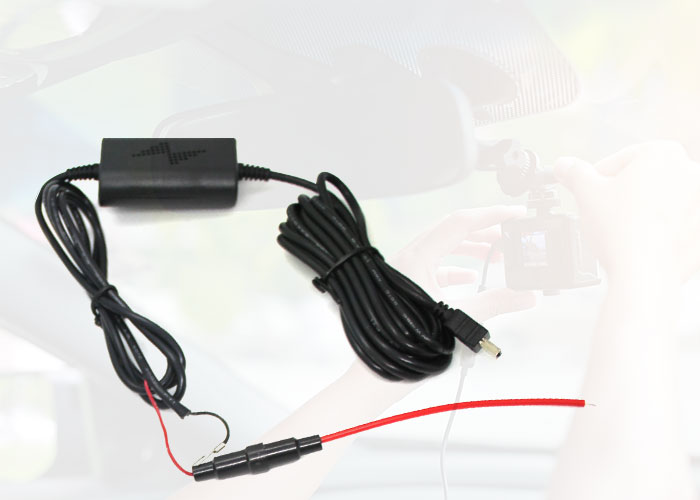
How Long Before Dash Cam Drains Battery?
The time it takes for a dash cam to drain a car battery depends on several factors, including the battery capacity, the dash cam's power consumption, and the settings used in parking mode.
- Battery Capacity: Larger batteries can sustain power for longer periods. A standard car battery typically ranges from 45 to 60 ampere-hours.
- Dash Cam Power Consumption: Different models have different power requirements. On average, a dash cam consumes between 0.5 to 2.5 watts.
- Parking Mode Settings: Continuous recording in parking mode consumes more power than motion-activated or time-lapse recording.
For example, if a car with a 50 ampere-hour battery uses a dash cam that consumes 2 watts per hour, the battery could theoretically be drained in about 50 hours of continuous use. However, with voltage protection features and efficient parking mode settings, the actual risk of draining the battery is significantly reduced.
How to Prevent Dash Cam from Draining Battery?
To prevent your dash cam from draining your car battery, consider the following strategies:
- Use a Battery Discharge Prevention Device: These devices, often included in hardwire kits, monitor the battery voltage and cut off power to the dash cam when the voltage drops to a specified level. No more jump starts! Elinz Dash Cams with the included Adjustable Hardwire Kit intelligently manage your car's battery, guaranteeing a hassle-free start every time.
- Enable Low-Power Parking Mode: Many dash cams offer different parking modes. Opt for low-power or time-lapse modes that consume less energy. Elinz Dash Cams come with a time-lapse mode, allowing you to efficiently monitor your parked vehicle for extended periods without worrying about battery drain.
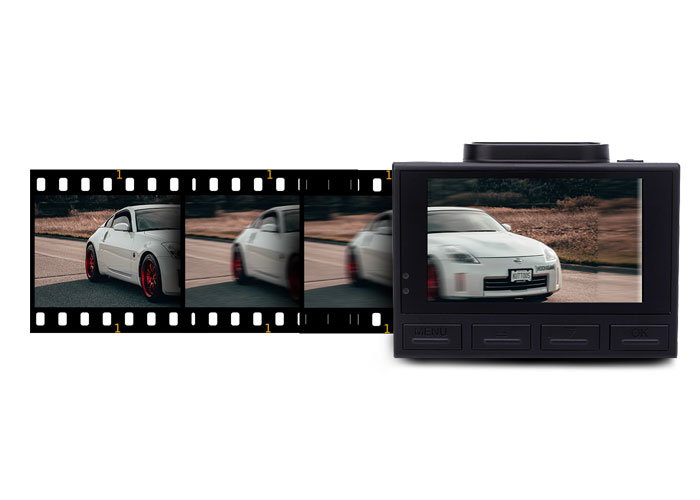
- Set a Parking Mode Timer: Configure your dash cam to operate in parking mode for a limited time after the engine is turned off. This can significantly reduce battery drain.
- External Battery Packs: Use an external battery pack designed for dash cams. These packs provide power to the dash cam without relying on the car battery, preserving the car's battery life. With Elinz, there is no need for these battery packs as we offer Dash Cams with a built-in battery so it can still record videos until the battery goes flat.
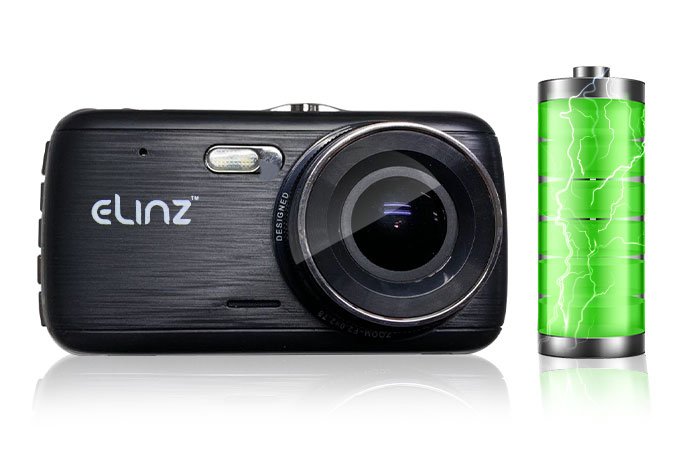
- Regularly Start Your Car: If your car will be parked for an extended period, consider starting it periodically to recharge the battery.
By understanding how dash cams draw power and taking preventive measures, you can enjoy the security of a dash cam without worrying about battery drain. Ensure you choose a dash cam with appropriate power-saving features and consider using external battery packs or voltage protection devices to safeguard your car's battery.
Incorporating these tips will help you maintain the functionality of your dash cam while ensuring your car battery remains healthy. Drive safely and confidently with the knowledge that your dash cam is both protecting you and being well-managed.
Did you enjoy reading this article?
Stay updated on our latest deals and promos by following our social media accounts.
Find this article helpful? Don't forget to click on the share buttons below.





